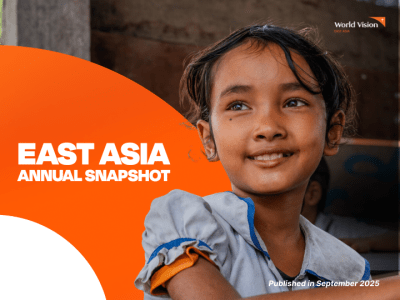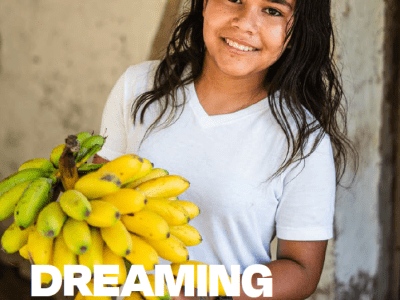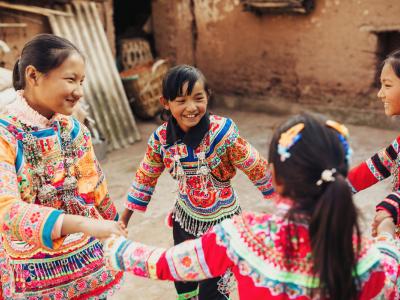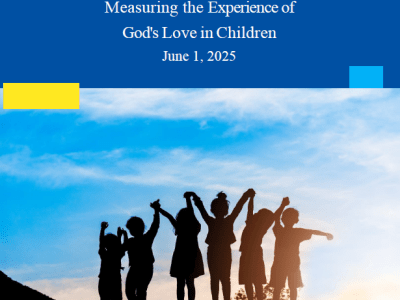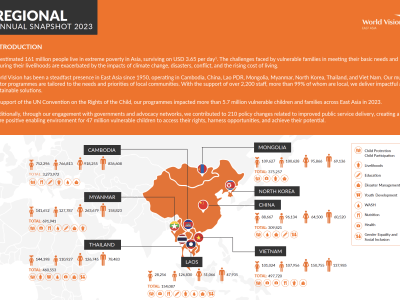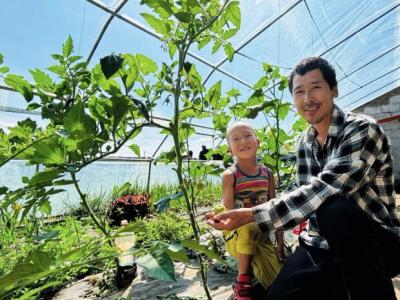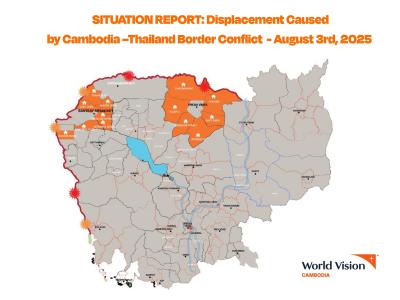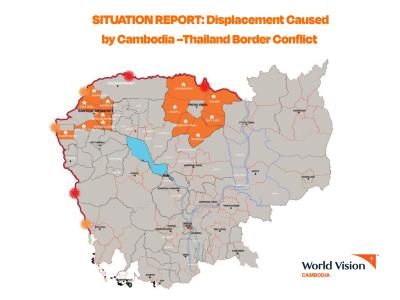press release / October 7, 2025
World Vision responds to devastating Nepali floods as ‘monsoon’ snow traps hundreds of trekkers in Everest region
Press release highlighting the devastating impact of floods in Nepal and World Vision's humanitarian response
publication / September 23, 2025
East Asia Regional Snapshot - Published September 2025
Last year, our programmes impacted more than 5.4 million people, including 2.4 million vulnerable children and families across East Asia.
publication / October 2, 2025
Dreaming Out Loud: Hopes and challenges facing girls around the world
Girls worldwide face unequal progress in education, safety, and rights. This report reveals their hopes, struggles, and the urgent need for global action.
publication / September 16, 2022
Disaster risk reduction work in China
Since 1982, World Vision International – China has been amongst the most active international NGOs in the fields of disaster risk reduction and relief response in China.
article / October 19, 2023
The World Where We Live: China
Welcome to China: the world's 3rd-largest country with scenic mountains, deserts, sprawling cities, and the Great Wall. Home to 1.4 billion people, it's the 2nd-most populous
publication / September 12, 2025
Measuring the Experience of God's Love
Research on how children experience God’s love, showing hope as a key sign of spiritual well-being across cultures and contexts.
publication / December 18, 2024
East Asia Annual Regional Snapshot 2023
World Vision has been a steadfast presence in East Asia since 1950, operating in Cambodia, China, Lao PDR, Mongolia, Myanmar, North Korea, Thailand, and Viet Nam. Our multisector programmes are tailored to the needs and priorities of local communities. With the support of over 2,200 staff, more than 99% of whom are local, we deliver impactful and sustainable solutions.
article / June 3, 2025
Tapping the power around us: A promising path to sustainable development in East Asia
In an era defined by the twin imperatives of environmental protection and economic resilience, one of the pertinent yet less explored questions is: Can we harness the power that is already around us? In East Asia, where both rural traditions and rapid modernisation coexist, the answer to this question is not only yes – it’s a solution waiting to get the needed acceleration.
publication / August 3, 2025
Situation Report: Displacement Caused by Cambodia –Thailand Border Conflict - August 3rd, 2025
Situation Report: Displacement Caused by Cambodia –Thailand Border Conflict
publication / July 31, 2025
Situation Report: Displacement Caused by Cambodia –Thailand Border Conflict
Situation Report: Displacement Caused by Cambodia –Thailand Border Conflict
